Rising Demand for Alternative Therapies
The Chiropractic Care Market experiences a notable increase in demand for alternative therapies as individuals seek non-invasive treatment options for musculoskeletal issues. This trend is driven by a growing awareness of the potential side effects associated with conventional medical treatments, leading patients to explore chiropractic care as a viable alternative. According to recent data, approximately 35% of adults have reported using some form of alternative therapy, with chiropractic care being one of the most sought-after options. This shift in consumer preference is likely to bolster the Chiropractic Care Market, as more individuals prioritize holistic approaches to health and wellness.
Growing Focus on Preventive Health Measures
The Chiropractic Care Market is experiencing a shift towards preventive health measures, as more individuals recognize the importance of maintaining overall wellness. Preventive care, including regular chiropractic adjustments, is increasingly viewed as a proactive approach to health management. This trend is supported by data indicating that preventive care can reduce healthcare costs and improve quality of life. As consumers become more health-conscious, the demand for chiropractic services is likely to rise, positioning the Chiropractic Care Market for sustained growth. This focus on prevention may also encourage collaboration between chiropractors and other healthcare professionals, further enhancing the industry's landscape.
Increased Awareness of Back Pain Management
The Chiropractic Care Market is significantly influenced by the rising awareness surrounding back pain management. With an estimated 80% of adults experiencing back pain at some point in their lives, there is a growing recognition of the importance of effective treatment options. Chiropractic care is often viewed as a primary solution for alleviating back pain, which may contribute to the industry's expansion. Furthermore, educational campaigns and health initiatives aimed at promoting spinal health are likely to enhance public understanding of chiropractic benefits, thereby driving demand within the Chiropractic Care Market.
Technological Advancements in Treatment Techniques
Technological advancements in treatment techniques are likely to play a crucial role in shaping the Chiropractic Care Market. Innovations such as digital imaging, telehealth services, and advanced spinal manipulation devices are enhancing the efficacy and accessibility of chiropractic care. For instance, the use of telehealth has expanded the reach of chiropractic services, allowing practitioners to connect with patients remotely. This not only improves patient convenience but also increases the potential patient base for chiropractors. As technology continues to evolve, it may further transform the Chiropractic Care Market, making treatments more efficient and tailored to individual needs.
Integration of Chiropractic Services in Healthcare Systems
The integration of chiropractic services into mainstream healthcare systems appears to be a pivotal driver for the Chiropractic Care Market. As healthcare providers increasingly recognize the value of a multidisciplinary approach to patient care, chiropractic services are being incorporated into treatment plans for various conditions. This trend is supported by research indicating that patients receiving chiropractic care in conjunction with traditional medical treatments report improved outcomes. Consequently, this integration may lead to a broader acceptance of chiropractic care, potentially expanding the Chiropractic Care Market as more patients gain access to these services.


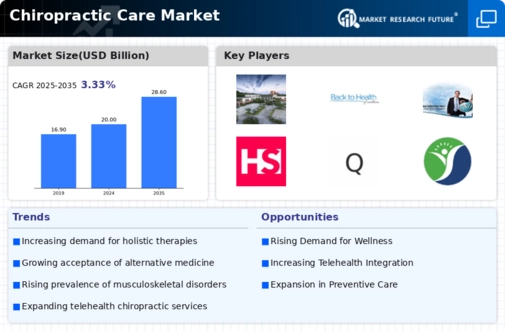

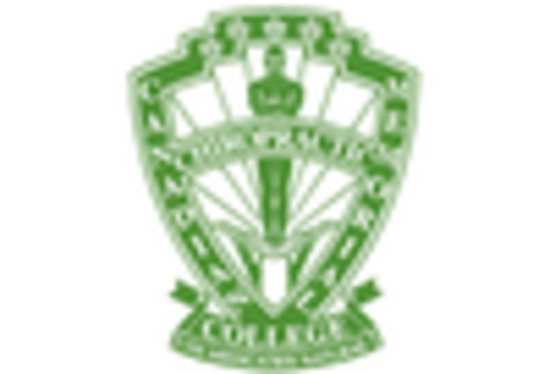
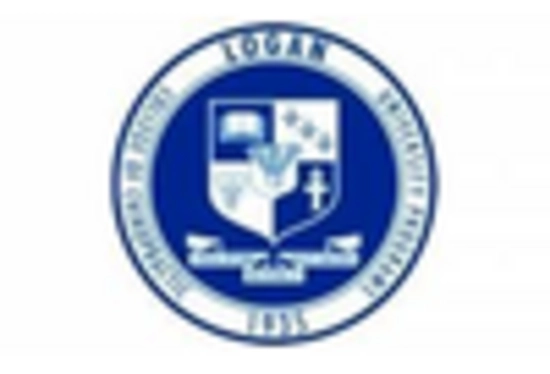
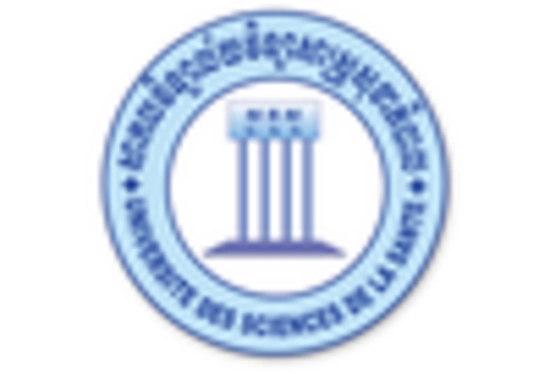
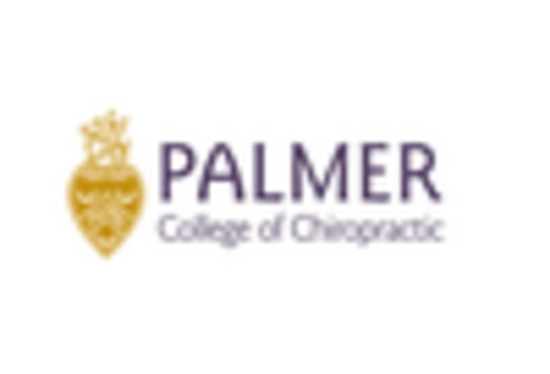
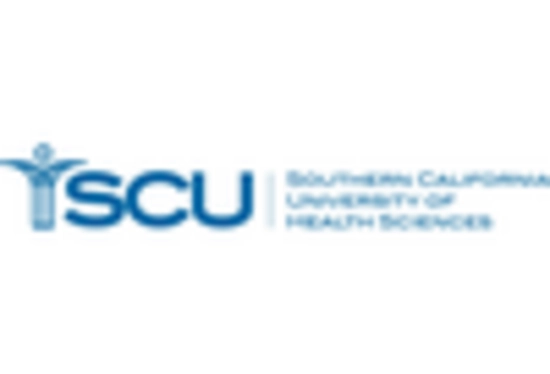
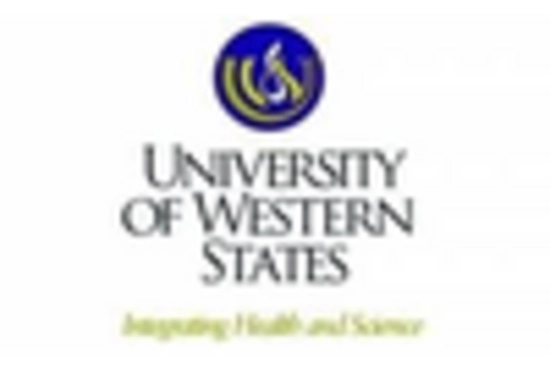








Leave a Comment